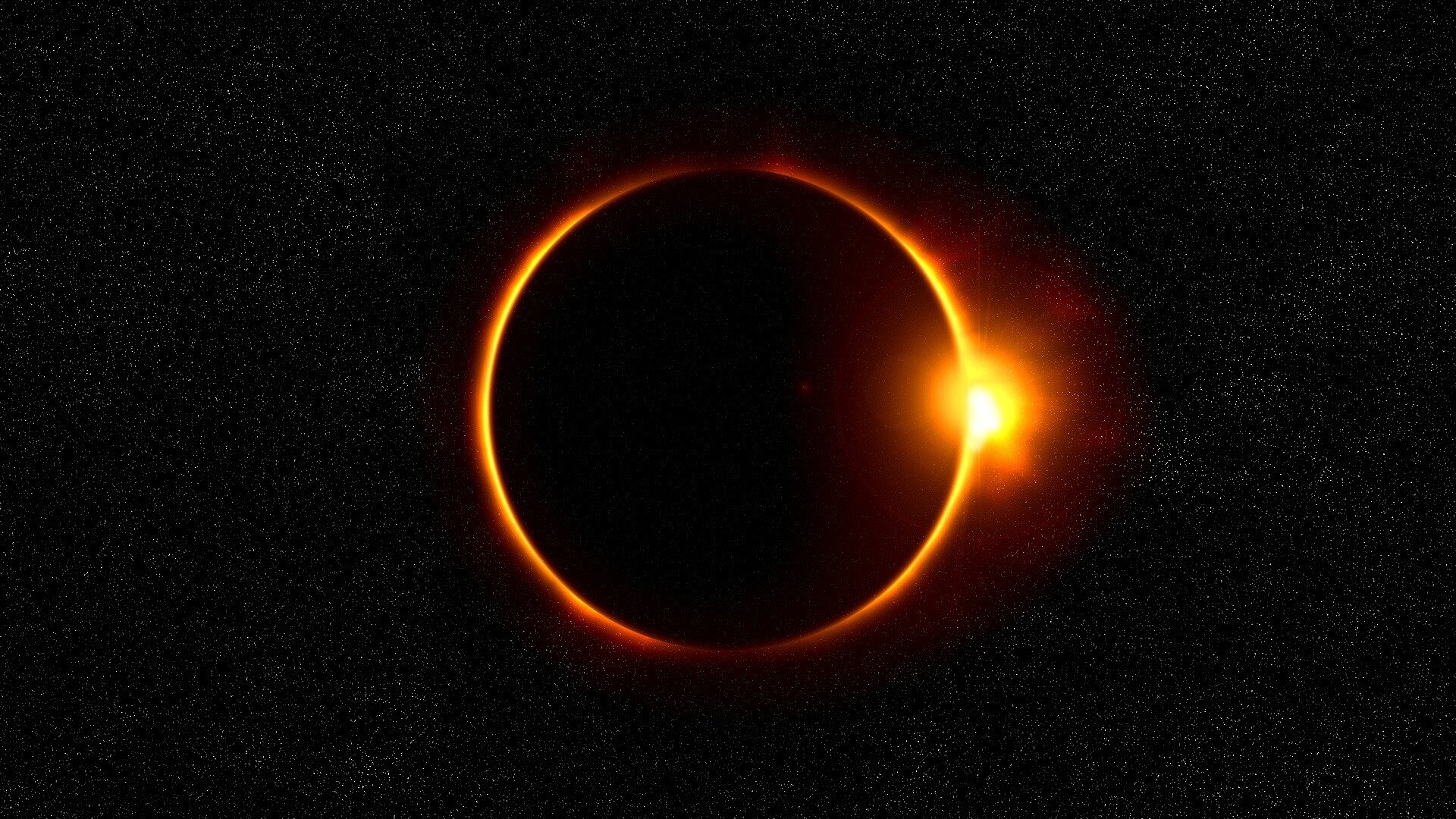
On April 8, 2024, a complete solar eclipse will traverse North America, encompassing portions of 15 U.S. states within its path of totality. Detailed maps delineate where and when enthusiasts of astronomy can witness this significant phenomenon.
Commencing along the Pacific Coast of Mexico around 11:07 a.m. PDT, the total eclipse will journey across the United States from Texas to Maine and extend into Canada.
Approximately 31.6 million individuals reside within the path of totality, the region where the moon will entirely obscure the sun, according to NASA. This path will span between 108 and 122 miles in width, with an additional 150 million people residing within 200 miles of it.
The eclipse’s commencement over the Pacific Ocean will mark its arrival on the continental landmass of North America, initially experiencing totality on Mexico’s Pacific Coast around 11:07 a.m. PDT on April 8, as stated by NASA. Progressing through Texas, it will traverse more than a dozen states before reaching Canada in southern Ontario. The eclipse will conclude its journey across continental North America around 5:16 p.m. NDT from Newfoundland, Canada.
The states included in the path of totality are Texas, Oklahoma, Arkansas, Missouri, Illinois, Kentucky, Indiana, Ohio, Pennsylvania, New York, Vermont, New Hampshire, Maine, with small portions of Tennessee and Michigan also witnessing the total solar eclipse.
Numerous significant cities throughout the United States fall within the path of totality, while others will experience a partial eclipse. Some notable cities for prime eclipse viewing, contingent upon favorable weather conditions, include San Antonio, Austin, Waco, and Dallas in Texas, along with Little Rock in Arkansas, Indianapolis in Indiana, Dayton and Cleveland in Ohio, and Buffalo, Rochester, and Syracuse in New York, as well as Burlington, Vermont.















